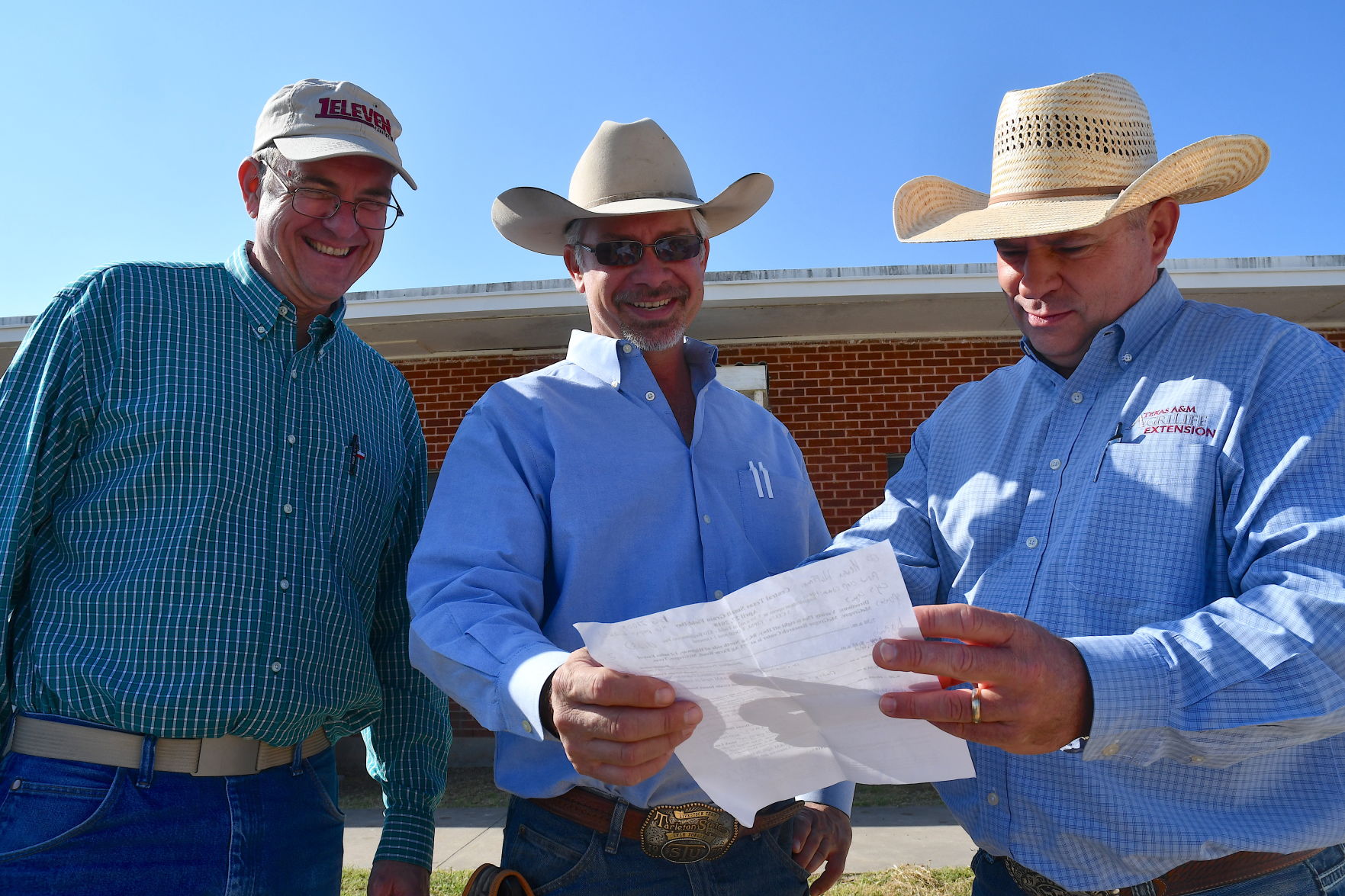The impacts of potential trade tariffs on crops such as soybeans would send ripple effects through other agricultural commodities, according to a Texas A&M AgriLife Extension Service economist. Mark Welch, grains marketing economist in College Station, told farmers at the Central Texas Small Grain Field Day at the McGregor Research Center that a Purdue University study recently projected a 25 percent import tariff by China soybeans would result in a 37 percent decline in U.S. exports.
Consequently, a decline in U.S. soybean exports would lead to fewer soybean acres.
“Where are those acres going to go? They will go to corn,” Welch said. “Given where our corn prices are, we don’t really want any more corn acres.”
From decreased land values to lessening farm net worth, the potential repercussions of tariffs on exports to China could have big impacts, Welch said.
“All of this highlights the fact that these trade implications really do matter to production agriculture,” he said.
Currently, wheat farmers projecting 45-acre bushel yields at $5 per bushel can cover their costs and make some profit.
“That works,” he said. “But if you cut that yield by 25 percent, you’ll need $6.50 a bushel to make it work. That’s why we need to pay more attention to marketing activities.”
Welch said to mitigate potential price risks, producers can integrate cash marketing with other marketing tools and crop insurance.
“What we need to do is sit down and develop a map, a marketing plan based on production and price objectives,” he said. “This approach widens the marketing horizon from pre-plant to post-harvest, providing guidelines that manage marketing opportunities. Run the numbers. What if I sell some grain, but don’t have a crop in the ground? What will my revenue projection be?”
Welch proposed a couple of scenarios that stabilize farm revenue, even the ability to hedge crop insurance indemnities in the face of downward price risk and poor production prospects.
Welch said his marketing newsletter outlines strategies producers might consider. To receive the newsletter, email Welch at [email protected].
“We all know production and prices are going to impact your farms this year,” he said. “We are not hopeless, just sitting back and watching the markets. We can be proactive in developing plans.”
Meanwhile, Scott Nolte, AgriLife Extension state weed specialist in College Station, advised farmers on using Dicamba and proper spray tank sanitation.
Nolte said farmers pay a considerable amount for herbicides and its important they hit their targets and are used efficiently. Sprayer contamination can also be an issue.
“Regardless of what product you are using, most product labels will tell you to triple rinse,” he said. “Use a tank cleaner and remove end caps. Clean the tops and screens to make sure everything has been thoroughly rinsed and removed. Things accumulate over time, so it’s important to thoroughly clean these pieces of equipment.”
Nolte said even the smallest amounts of Dicamba can affect sensitive crops.
“From vineyards to gardens, physical drift can severely harm these crops,” he said. “It’s important that we make sure our sprayers are performing efficiently and we are being good stewards.”
“We are anticipating 45 bushels to 50 bushels per acre in the Central Texas region,” he said. “I wouldn’t be surprised to see some 60 bushel yields in some areas. I would say 45-50 bushels per acre is fairly typical for this region of the Blacklands.”
The field day also featured a UAV demonstration by John Otwell, UAV product specialist with RDO Equipment in Pflugerville. Experts discussed a range of emerging UAV field uses.
“UAVs are an excellent tool to scout fields and monitor crop conditions,” Neely said. “You can tell when a crop is stressed, but we are not quite there yet in the ability to always determine what the cause actually is.”
The day’s program was hosted by the AgriLife Extension crop committees in Bell, Bosque, Coryell, Hamilton, Johnson, Falls, Limestone and McLennan counties.


